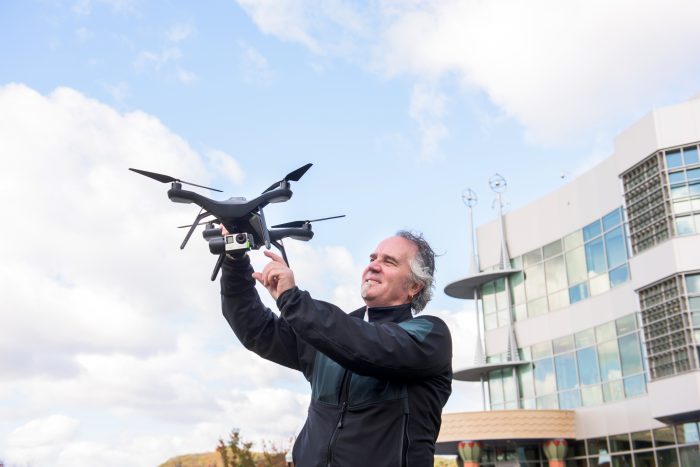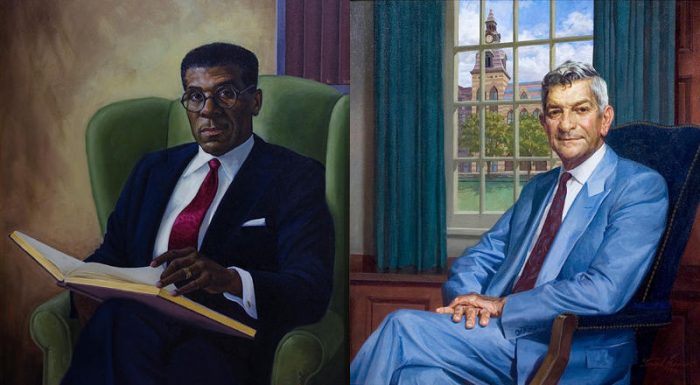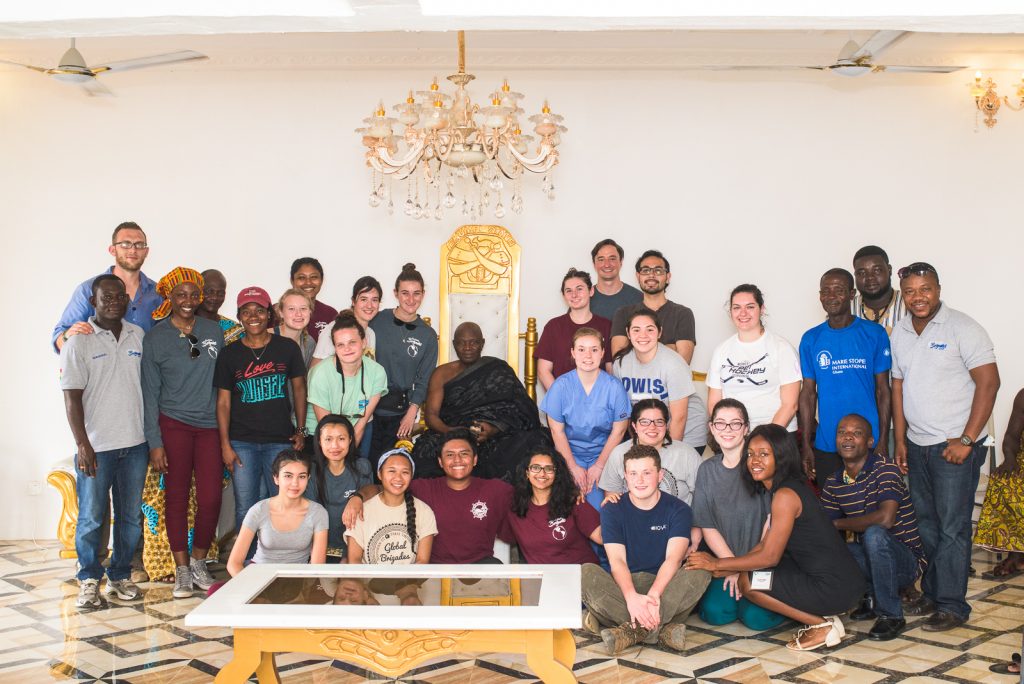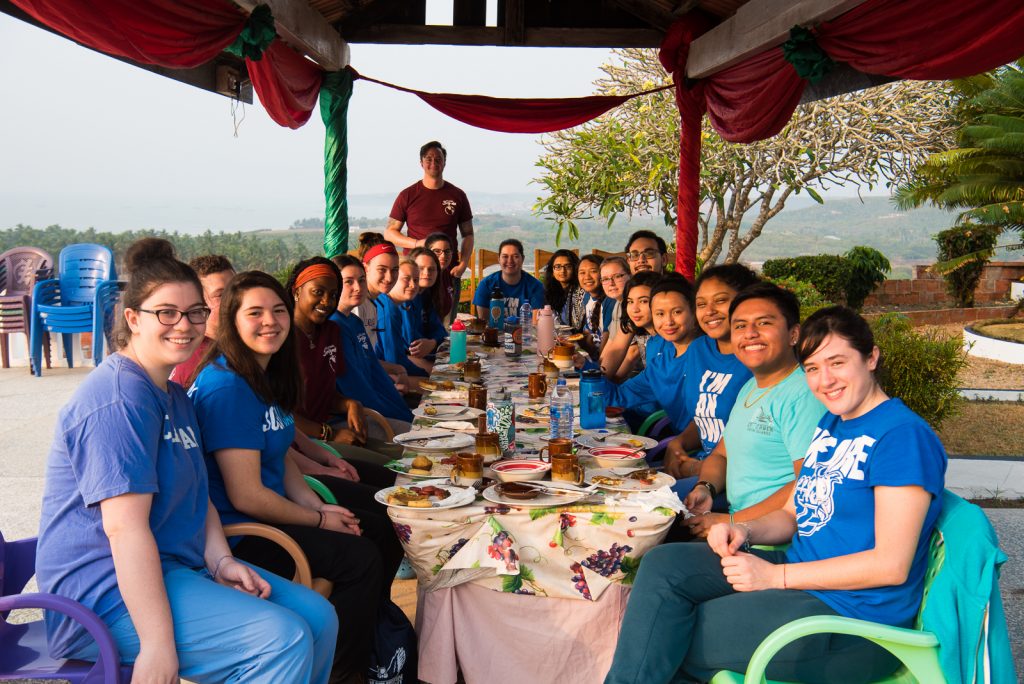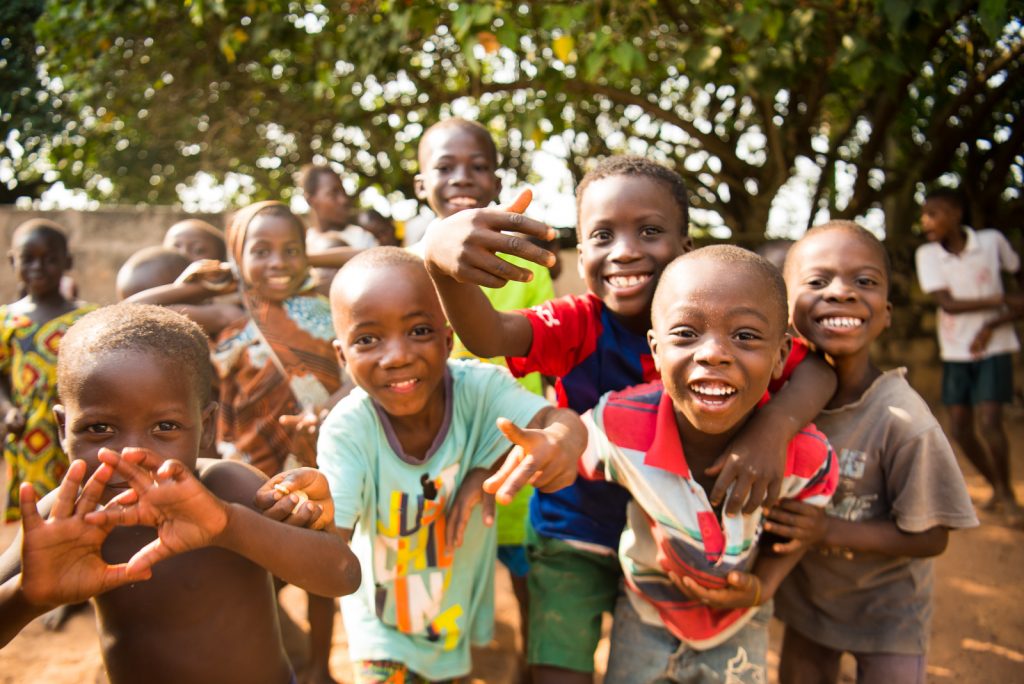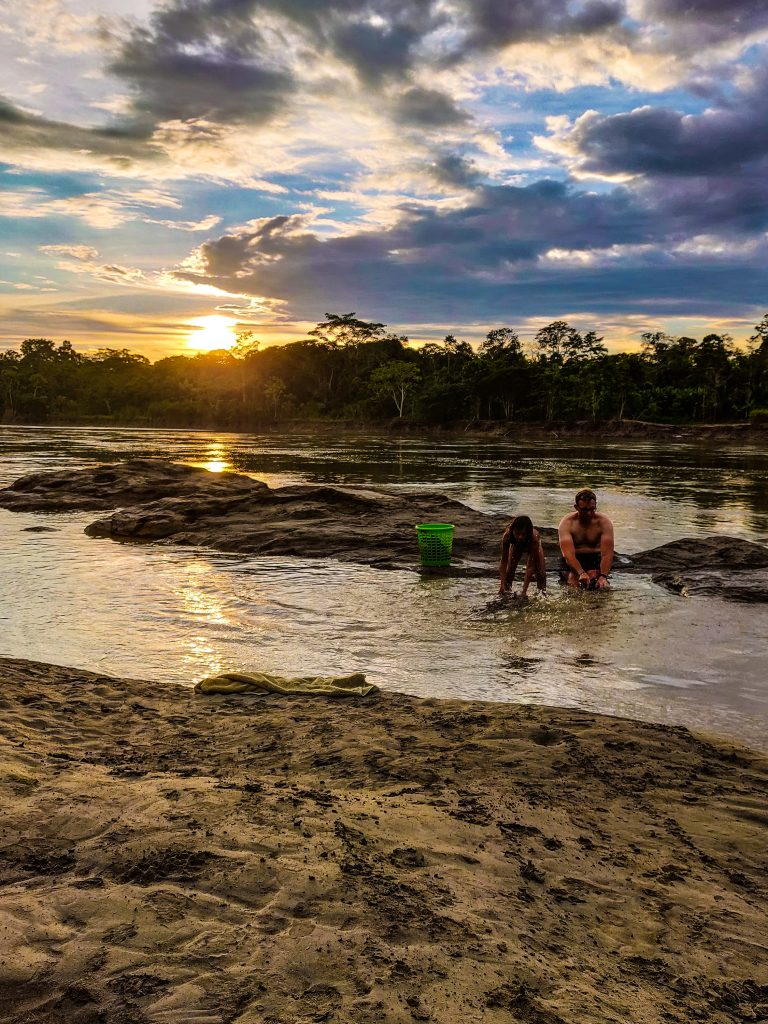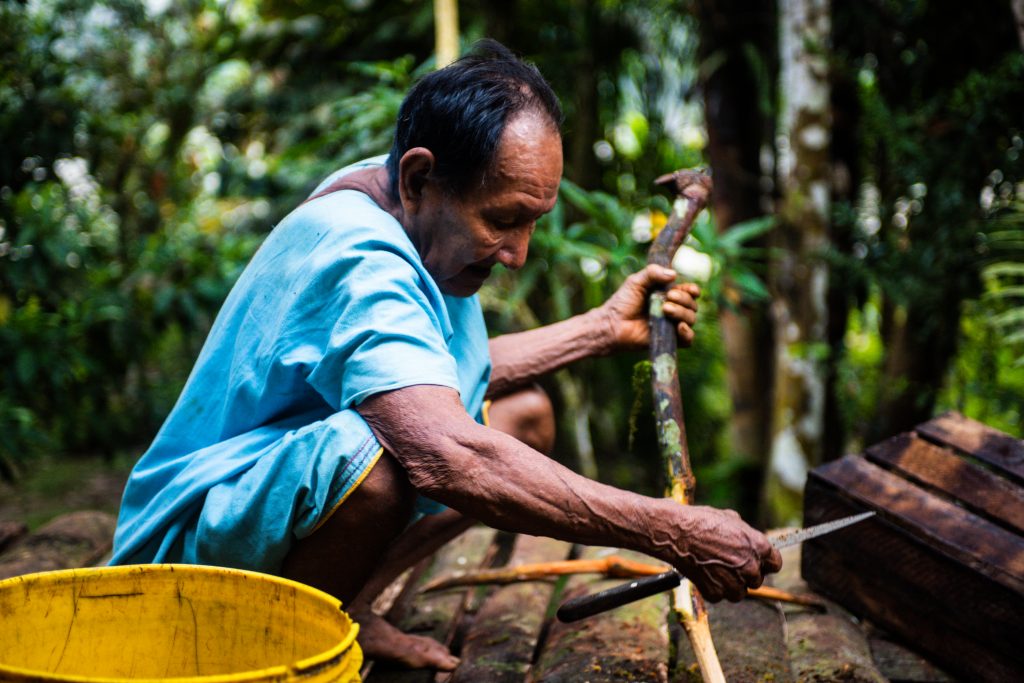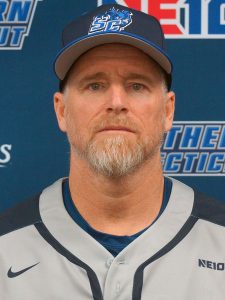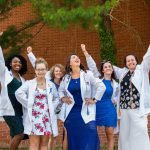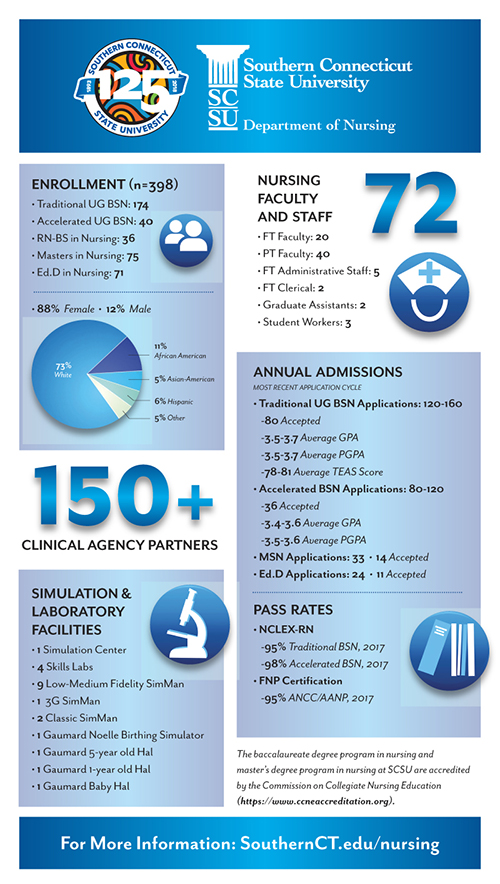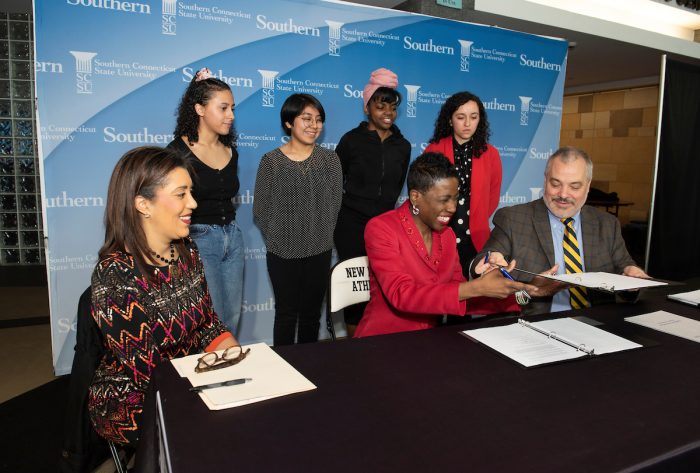
A greater number of outstanding New Haven high school students will have access to college-level classes, thanks to an agreement announced today between Southern and the New Haven Public Schools.
The university already offers tuition-free college classes to a small group of excellent high school students willing to come to the SCSU campus. Most of the 60 or so such students are from New Haven and the immediate surrounding communities.
But for the first time, Southern is offering the option of taking those college classes at the city’s various high school campuses. Those classes will be taught by SCSU faculty or high school teachers who meet specific criteria and are hired as SCSU adjunct faculty members.
“Part of our mission is to improve access to a college education,” said SCSU President Joe Bertolino at a recent signing ceremony with New Haven Schools Superintendent Carol Birks. “By expanding this program, we will provide greater access to local students. It is an example of what we mean when we say Southern is not only in the community, but of the community.”
Terricita Sass, SCSU associate vice president for enrollment management, agreed.
“Some students are well-prepared to take college classes, but may be reluctant or unable to travel to a college campus,” Sass said. “We want to remove the transportation barrier if we can. This will give some students an option to take classes at their own school.”
Birks said she is excited about the potential academic and financial benefits to students.
“This program obviously offers our students an immediate financial benefit with tuition-free classes,” Birks said. “But the college credits also can either lessen the time it will take them to earn a degree, which reduces student debt, or provide them with more academic flexibility in college to take additional courses of their choice. Either way, it’s a win-win for the students.”
SCSU student Dayana Lituma, who graduated from Wilbur Cross High School in 2017, said taking college courses in high school helped her tremendously. She took five such courses, including three at Southern. As a result of the credits earned, she plans to graduate after the fall semester of 2020, a semester earlier than the traditional four-year college experience.
“Not only will I be able to save money on tuition, but the college classes helped me figure out early on what direction I wanted to pursue,” she said. She plans to seek a master’s degree in speech-language pathology, and eventually become a bilingual speech-language pathologist.
Bertolino said the tuition-free college classes comprise just one of several joint SCSU-New Haven programs being created, continued or expanded to benefit students and their families. He also announced:
*Southern has created a Residential Leadership Scholarship that provides a small group of students with free on-campus housing. The students must meet the criteria for the New Haven Promise Scholarship program, as well as write an additional essay and provide a letter of recommendation to be eligible. If selected, the students must complete activities in leadership development, community contribution/campus involvement, academic enhancement, mentoring and activism/civic engagement. Last fall, seven students were chosen for the one-year scholarship. Next fall, five of those seven students will be offered a continuation of the scholarship, while five additional New Haven graduates will receive the scholarship.
*Southern will set aside $100,000 in merit-based aid, and $100,000 in need-based aid, to incoming freshmen next fall who graduate from New Haven schools. The allocation is expected to continue each year.
*SCSU social work students will work with the New Haven Housing Authority (Elm City Communities) to assist students and their families with truancy, financial literacy, online applications and other matters. The housing authority has allocated $25,000 for the program, which calls for six students to collaborate with resident managers in the West Rock community. The program is scheduled to begin next fall.
*The university plans to increase its presence at local middle and high schools, particularly in the Newhallville section of the city. This will include workshops, participation in field days and other similar types of events. It is part of a community collaborative effort that also involves local businesses, clergy and other neighborhood leaders.
*Southern launched a Visiting Scholars program last semester, in which SCSU faculty members teach academic lessons to area K-12 students. Many of these visits are to New Haven schools. The program offers hands-on learning experiences, giving them deeper insight into various disciplines. The lessons are designed to align with the classroom curriculum.
*SCSU plans to host a career exposure day in May for Common Ground High School. The university will organize panel discussions on public health and recreation, tourism and sports management. In addition, CARE (Community Alliance for Research and Engagement), a program co-housed at SCSU, has been helping Common Ground redesign its 10th grade health curriculum.
